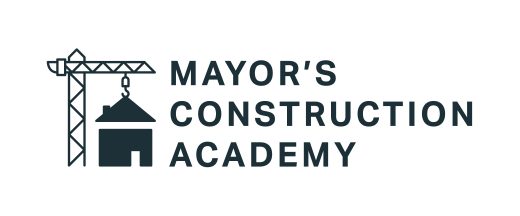Working at Height
This online course equips workers and supervisors with the knowledge of legal responsibilities, key safety regulations, and practical steps to reduce risks, helping to keep everyone safe when working at height.
Introduction
Working at height carries serious risks, but with the right knowledge and precautions, accidents can be prevented. This course provides a clear introduction to the legal responsibilities of both employers and employees, the dangers associated with working at height, and practical steps to stay safe. By the end, learners will understand the essentials of the Work at Height Regulations and gain useful tips to apply in everyday situations.
Course overview
Working at height is one of the most high-risk activities in the workplace, and falls from height remain the leading cause of fatal accidents in the UK. This Working at Height Training Course is designed to give employees and supervisors the essential knowledge they need to stay safe and compliant.
Through this online training, you’ll learn about the Work at Height Regulations 2005, your legal duties, and the responsibilities of your employer. The course explains how to identify hazards, assess risks, and apply safe working practices to prevent falls and accidents.
Whether you use ladders, scaffolding, access platforms, or simply carry out tasks above ground level, this health and safety course provides practical guidance and everyday tips to keep yourself and others safe. On completion, you’ll have the confidence to recognise risks, follow best practice, and comply with workplace safety standards.
Learning Outcomes
By the end of this course, you will be able to:
- Demonstrate an understanding of the Work at Height Regulations 2005.
- Identify common risks when working at height and apply measures to prevent accidents.
- Explain the legal responsibilities that apply to both you and your employer.
Course Structure
The course is broken down into 4 main sections:
- Working at Height
- The Risks
- Choosing Equipment
- Test
Available in 42 Languages
ALL INCLUSIVE
Machine translated* content is included for free with all of our popular courses.
It covers LMS navigation, course transcripts and test questions. If you don't see a course listed in the language you require, just let us know.
*Content which is not English may be machine translated and is for assistive purposes only. We cannot guarantee the accuracy of translations.
Certification
All of our courses end with a multiple-choice test to measure your knowledge of the material.
Working at Height Training concludes with a 20-question multiple choice test with a printable certificate. In addition, short in-course questionnaires will guide you through the sections of the training, which are designed to reinforce learning and ensure maximum engagement throughout.
As well as printable user certificates, training progress and results are all stored centrally in your LMS (Learning Management System). This can be accessed at any time to reprint certificates, check & set pass marks, and serve as proof of commitment to ongoing legal compliance.
What does my certificate include?
Your Working at Height Training Certificate includes your name, company name (if applicable), name of course taken, pass percentage, date of completion, expiry date and stamps of approval or accreditations by recognised authorities. Certificates are valid for 1 year starting from the date of completion.
Please note, if you are using our course content via SCORM in a third party LMS, then we are unable to provide certificates and you will need to generate these yourself in your host LMS.
Why is Working at Height Training important?
Working at height is one of the most dangerous activities in the workplace. In Great Britain, falls from height remain the leading cause of work-related fatalities, accounting for 50 deaths in 2023/24, which is 36% of all workplace deaths. Alarmingly, this figure is around 35% higher than the five-year average, showing that the problem is getting worse rather than better.
It isn’t just fatalities that highlight the risks. The Health and Safety Executive (HSE) recorded 4,977 non-fatal accidents involving falls from height in 2023/24, while Labour Force Survey data suggests the real number could be as high as 37,000 people injured in a single year. Self-employed workers are particularly vulnerable, with over half of fatal falls in 2023/24 involving those working for themselves. However, the risks affect anyone who climbs ladders, works on scaffolding, uses access platforms, or carries out tasks above ground level.
This is why Working at Height Training is so important. It ensures both employers and employees understand their legal responsibilities under the Work at Height Regulations 2005 and know how to prevent accidents through safe practices. With the right training, many of these tragic and costly incidents can be avoided - protecting lives, businesses, and livelihoods.





